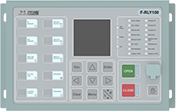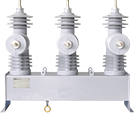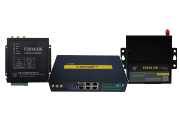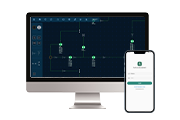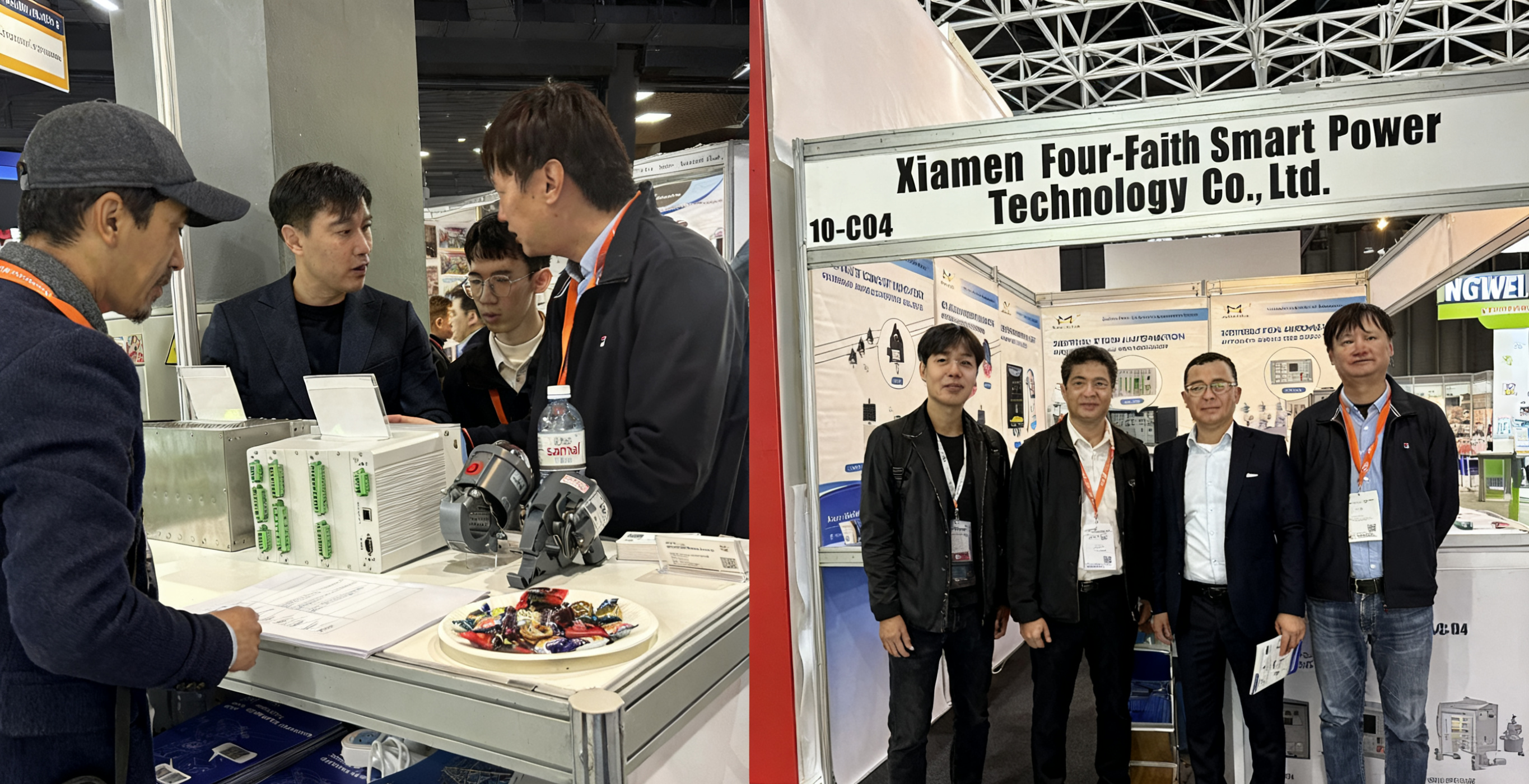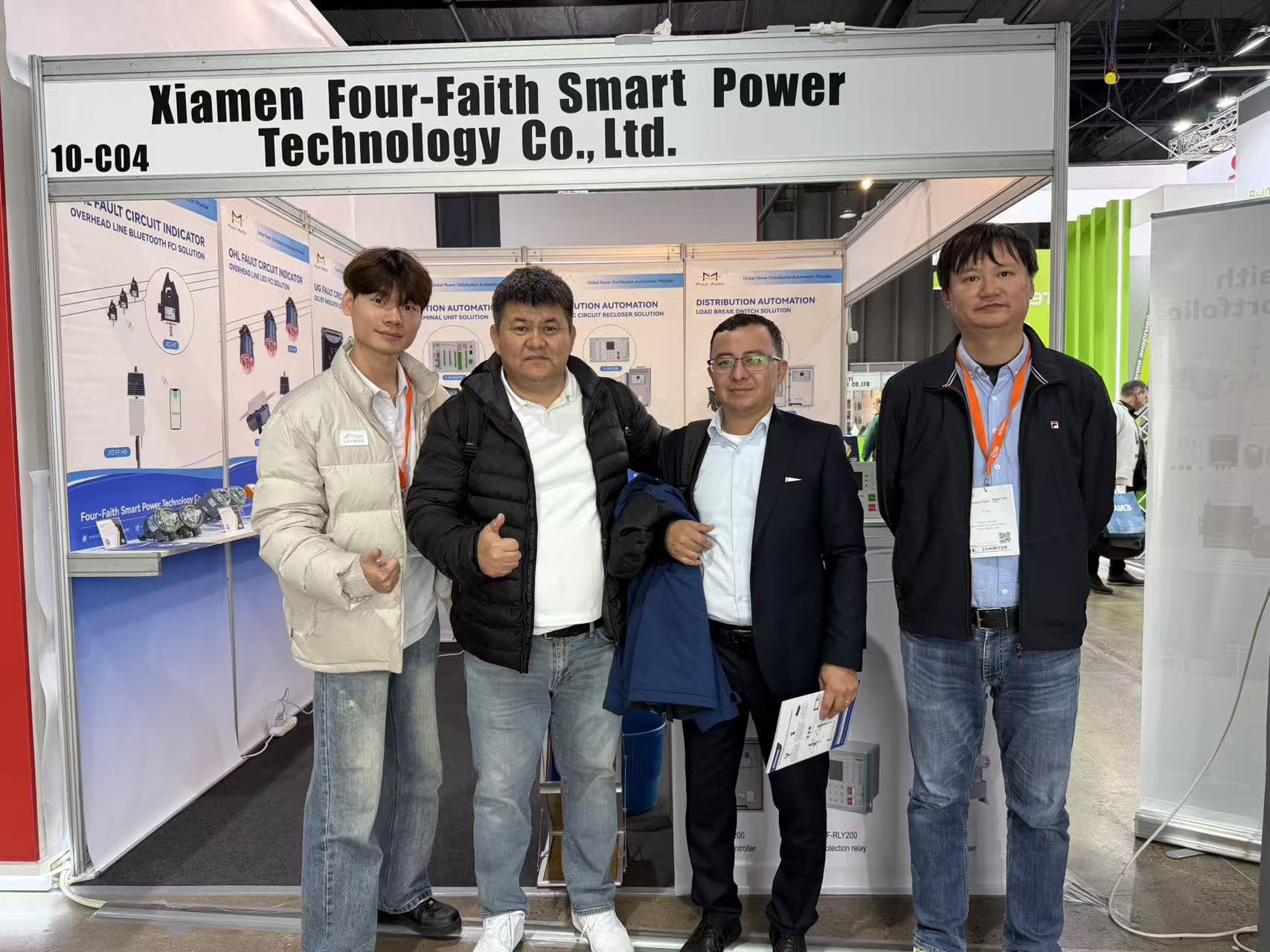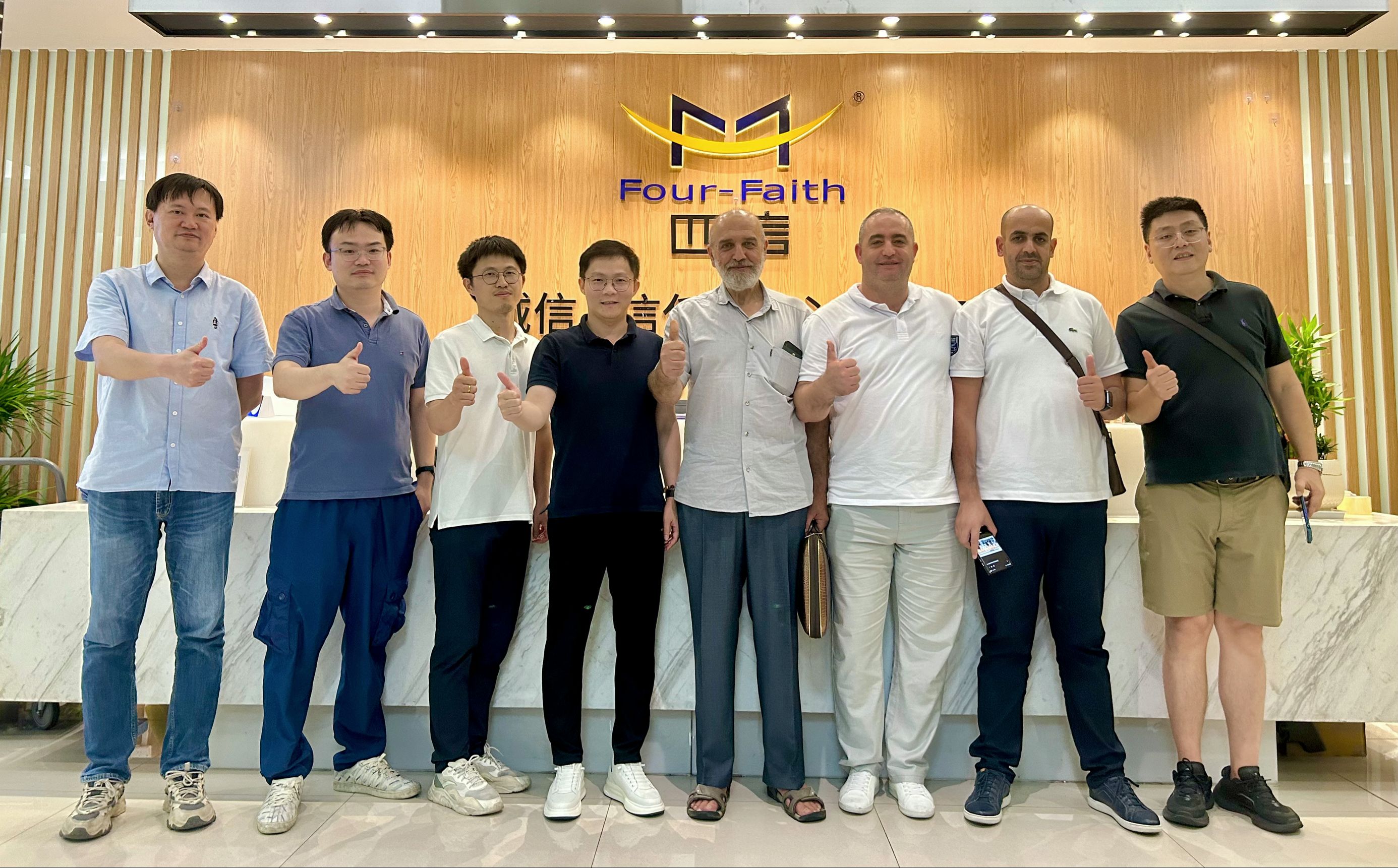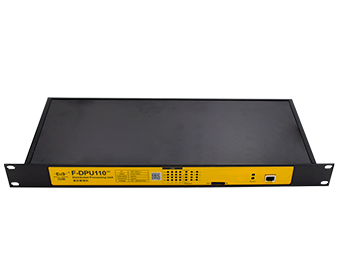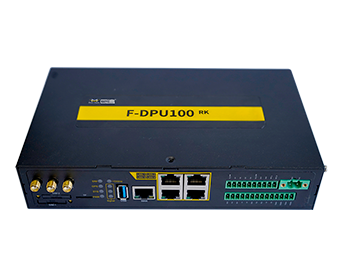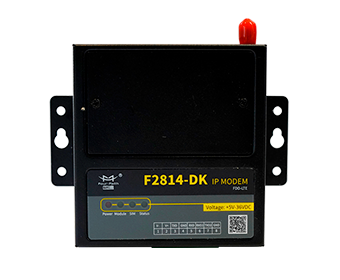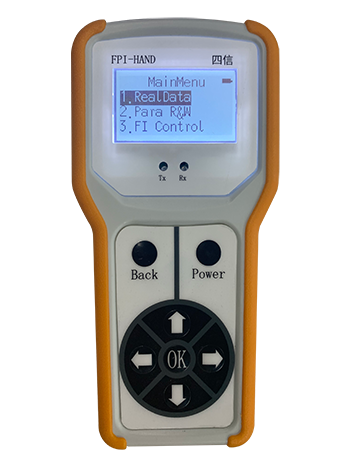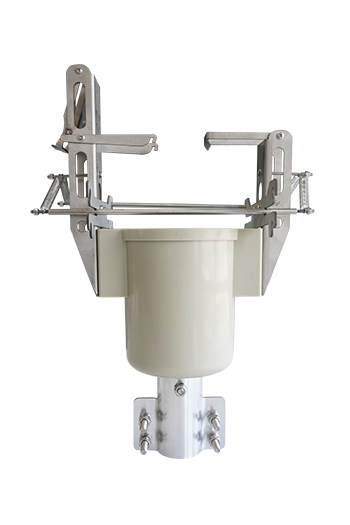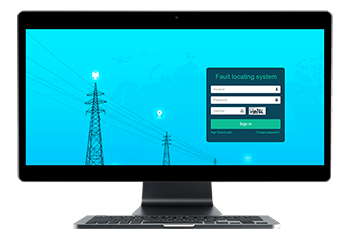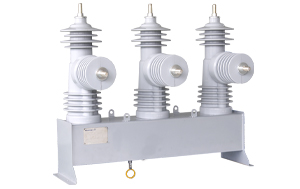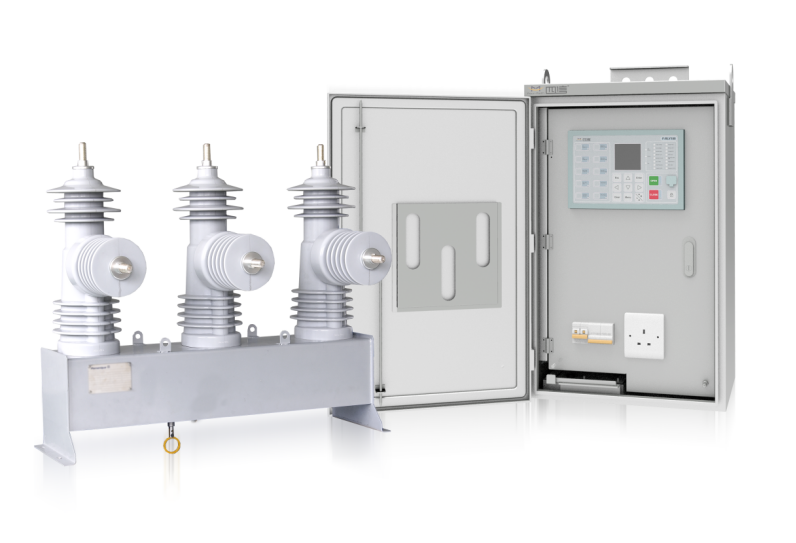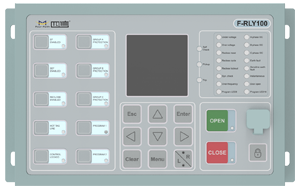News
The First New International Standard System for Power Systems is on the Horizon
Date:2022-11-28
The first new international standard system for power systems is "on the horizon", and Four-Faith to help the energy transition to clean and low-carbon.
On August 20, at the 2022 International Conference on Standardization, the International Electrotechnical Commission(IEC) proposed that China take the lead in developing the world's first international standard framework system for key technologies of new power systems, accelerating the construction of new power systems and promoting the clean and low-carbon transformation of energy.
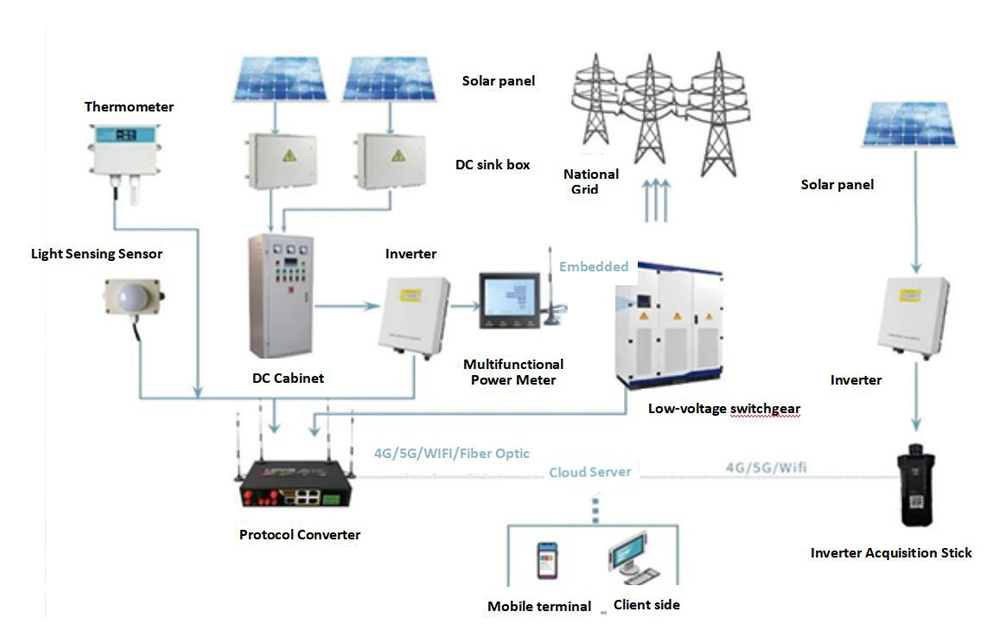
The IEC said that China's new energy installation scale and power generation capacity continue to be the world's first for many years, wind power, photovoltaic, lithium batteries and other industrial scale, market size are stable in the world's first, has the industrial and technological advantages to lead the development of new power systems. China will take the lead in coordinating the research on the framework system of international standards for new power systems and the internationalization strategy of standards, which will help the global energy transition.
The IEC is currently including China's proposed themes of carbon peaking and carbon neutrality, energy transition and zero carbon power systems in its strategic planning, and IEC will initiate the establishment of one to two new technical committees in the field of low-carbon energy and foster 10 to 20 international standards in the next five years.
New Electrical Systems
The new power system is a new energy system with wind, light, nuclear, biomass and other new energy sources as the mainstay, and multiple energy sources complementing each other to support a highly electrified power system for the whole society, which is an important hub platform to promote clean and low-carbon energy transformation and support the implementation of the "double carbon" target. In the new power system, energy storage is a key technical means to support a high proportion of renewable energy access and consumption on the power generation side. Under the active promotion of China's domestic policies, many regions have introduced storage and distribution plans to help increase the scale of energy storage.
With the promotion of carbon peaking and carbon neutral work, new energy sources will be connected to the grid on a large scale, and the photovoltaic power generation technology has gradually become matured and perfected, in order to improve the operational stability and reliability of photovoltaic power stations to meet the needs of photovoltaic power generation to the grid, the realization of efficient monitoring of distributed photovoltaic power stations is a problem that power stations need to solve.
Four-Faith: Technology Pioneers in Photovoltaics
In response to this, Four-Faith has launched a total solution for distributed PV, responding to national policy and industry demand. The solution adopts Four-Faith communication manager F-DPU100 as the data transmission device and communication connection device. The real-time data of the inverter is connected to the communication manager through RS485, and then the communication manager will upload the data to the cloud server via the operator's 4G/5G network, so that the data can be displayed and counted in the monitoring platform.
The platform of this solution supports data collection, power plant monitoring, operation and maintenance operation of new energy power plants such as photovoltaic and energy storage with a full set of management business. Through the cloud-based big data analysis platform, it helps new energy power plants achieve core functions such as transparent management, automated operation and maintenance, intelligent diagnosis and auxiliary decision-making. It comprehensively meets the needs of users at all levels in the life cycle of new energy power plants and maximizes the value of power plants.
System Functions
System Operational Status Monitoring
The monitoring system monitors the photovoltaic power generation equipment installed in each household in real time, such as the charging voltage and current of each photovoltaic array, battery voltage and other information, and provides abnormal displays and alarm prompts for fault points.
Inverter Power Consumption Analysis
The monitoring system displays the collected data in the form of tables or curves, such as the inverter voltage - time curve, power - time curve, etc., the DC side input current curve, the AC side inverter output current curve, and collects and displays the daily power generation of each inverter and other electrical parameters.
Historical Data Management
The monitoring system can save the various historical data collected for subsequent system diagnosis. It also records various events at the household PV site, such as: abnormal communication collection, switch variation, operation records, etc.
Analysis of Daily Electricity Production
The system provides two kinds of curve analysis interface, real-time curve and historical trend, which can reflect the change of power generation of the day and the previous specified date; meanwhile, it can analyse the power generation situation year-on-year and year-over-year; graphical analysis of daily load data.
Map Navigation
You can view the location of the installed photovoltaic installations on a map, etc.
Environmental Monitoring
Real-time monitoring of weather information for photovoltaic power stations.
Event Alerts
Platform voice, mobile phone SMS, APP, public number, etc. push alarm information to set management personnel, timely understanding of fault information and the first time to deal with.
System Administration
System settings, user rights settings, role settings, etc.

